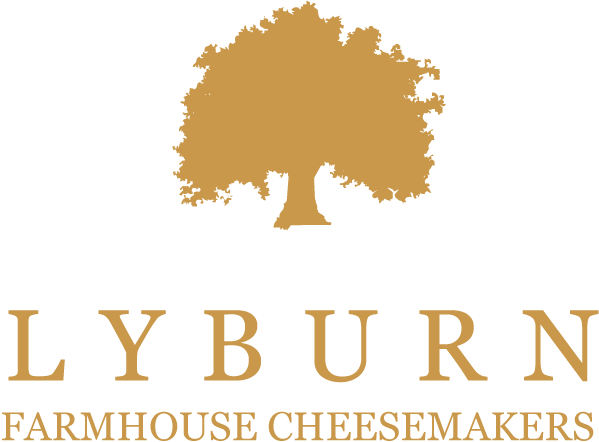Cheesemaking
Cheesemaking
We start at 6 am in the morning, once the cows have been milked. The milk, 3000 litres, is then quickly pasteurised, taking approximately two hours, and then cooled down to around 28 degrees. James will then add the starter to create the ideal conditions for the rennet. When the rennet is added, it has the effect of turning the milk into a block of soft curd just like a blancmange, and then just at the right moment, the curds are cut to release the whey. Again times and temperatures are critical and this is where the skill of the cheesemaker comes in, James has to know exactly when to put the curds into the moulds. The whole operation is then finished by about 1-30pm. At 6am the milk is in the cow, by lunch time, it is cheese. For a quick overview of the cheese make follow this link .This is a few years old now, but the principals are the same.
Cheese Moulds
The large white bowls or containers are actually the cheese moulds. They come in two parts, the base that will take approximately 6kg of curd and then the lid that then sits on the top, fits exactly inside the base and acts as a kind of piston. Once the bases have been filled to the brim the lid is placed on the top and they are then put into the press, and stacked 5 or 6 high. Above the column of filled moulds, are pneumatic rams, these are then activated, and all night long the rams will exert pressure on the column, this will then give the cheese its shape, knit the curd together, and the remainder of the whey will drain
Forming the Cheese
The following morning the cheese is then knocked out of its base, and the perfectly formed cheeses, normally 54, are taken next door to the brine tank. If we were making a cheddar, all the whey would have been drained away and the cheese would be dry salted, but this is not the case here. The cheese will sit in the the brine tank for about 24 hours and will generally absorb, of its own accord, about 1.5% salt, so it is self regulatory. Even if you left the cheese in the tank for another 24 hours, the amount of extra salt absorbed will not be a greatly different. The following day the cheese is taken to the drying room on trolleys and allowed to dry, and given a batch number, that will allow us to identify each cheese until it is finally sold.
Ripening the Cheese
To get the cheeses to ripen, they are stacked on shelves or racks, with plenty of air flow around them. They are then turned on a regular basis, to ensure even ripening, and that they do not dry out at the top. The ripening rooms, ( we are a bit short on caves in the New Forest) have to be kept at a certain temperature and a constant humidity, so that the cheeses ripen at the correct speed for the ensuing period. Here you see a selection of cheeses in the ripening room. These have been here for some 7 months as they are being ripened on for Winchester’s. At any one time we will have about 10,000 cheeses maturing. This does represent a huge investment in time and money, however as an artisan producer it is the only way to compete with the big players, making something special, is what we do.
The Final Product
The moment of truth is 2 months later when all the batches are graded. How good are they, what are the strong points and the weak points. Every batch can be slightly different to the previous, what do they smell like , what is the dry matter, have they maintained their shape, and the final factor, what do they taste like. All the details of the days’s make are recorded and when we grade the cheese we refer back to the make sheet, and that is how we learn to make changes, improve the cheese, and strive for perfection.
Take a look at the cheeses.




